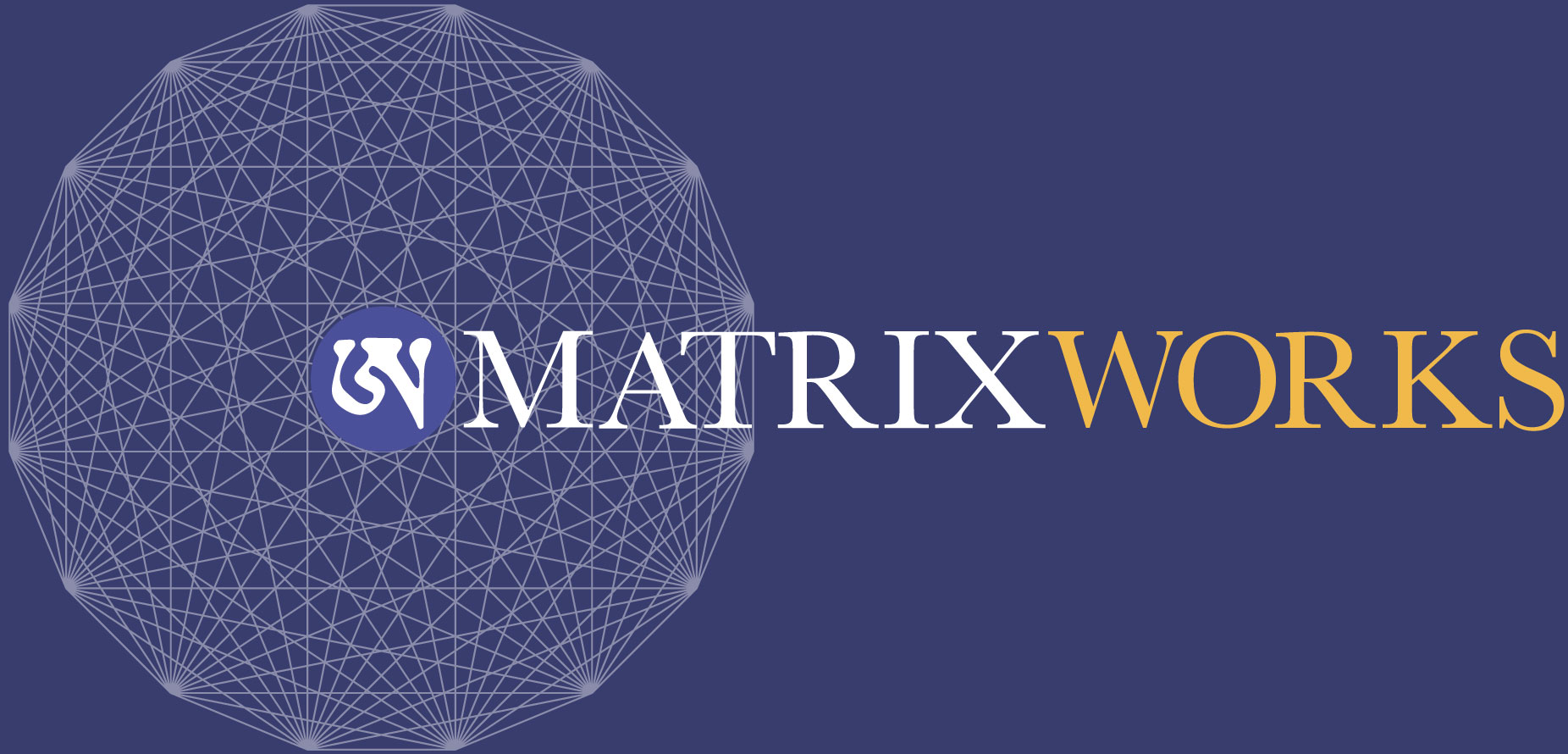The Greatness of Hakomi applied to Groups and Organizations is called Matrixworks
We all want to relieve suffering. Whether for ourselves, our relationships and groups, or the planet, the one thing that unites our work in the world aims at the relief of unnecessary suffering. Some attempt this by accomplishments, some through spiritual work, and some through the harmony of relationships and group dynamics. MatrixWorks focuses on the power of groups as a means to balance all three. Just as Hakomi utilizes an understanding of living systems to inform healing in the body, so does MatrixWorks use this understanding to inform our work in healing groups and creating healthy communities. Here’s how we apply the 5 underlying principles Hakomi to group work:
The unity principle. In groups, we embody and practice the unity principle by valuing and respecting each person’s experience, ideas, and uniqueness. One particular tool we use to practice this is imagining the group as a body, and mapping each person’s role to a particular body system. Hakomi treats the human body as a living system, and MatrixWorks treats the group as a body that is a living system.
Tip: Ask yourself, what part of the body do I represent? Do I offer structure like bones, or strength like muscles, do I process like organs, or support energy like the endocrine system, do I provide direction like the brain, or connection like the circulatory system? What part of the body would other members of my team represent? How can we work better together to move the entire system to health?
Organicity. MatrixWorks honors organicity through our understanding of the cycle of group life, the pattern of growth that happens in groups: connection, chaos, and consciousness. Allowing for these cycles to happen without getting stuck on any one in particular supports the organic unfolding of group intelligence.
Tip: Notice or track where a relationship or a group is in the cycle. If a relationship or group is going through a new stage of connection, then welcome all ideas with acceptance, inclusion and support. If the group is in creative chaos (which it will naturally tend towards if there is enough safety, but will get stuck in if safety is skipped), then trust the chaos, which brings up power dynamics and challenges us to incorporate different sides and polarities into a higher unified whole. If a group is in the consciousness stage, then congratulations! You have accomplished the task of working through conflict by staying in relationship and can celebrate your resourcefulness and commitment to growth and discovery.
Mind/body holism. MatrixWorks translates this principle into group work by incorporating basic neuroscience in our teachings. We’ve found that a scientific understanding of how the mind works can give greater insight into what’s going on inside the body. We’ve introduced mirror neurons, the social engagement system, mitochondria to groups, and the essential teaching we share is about the triune brain, which brings an understanding of how the amygdala, limbic system, and neo-cortex activate in groups. The amygdala always scans for safety or threat in the environment.
Tip: Track how you feel in groups. If you suddenly feel shut down, threatened, or a heightened sense of alarm, remind yourself that your amygdala is activated. Recover the cortex by activating the limbic system through safe connection.
Mindfulness. Early on in MatrixWorks, a team in the business world renamed what I called “a moment of mindfulness” or “the power of two minutes”. It made more sense to them to contextualize the practice as slowing down now to go faster later. Allowing the group to rename the practice in a way that made sense to them was important. When we go into groups, we typically design for 60% of the content to come from MatrixWorks, and 40% to allow for the group’s frame of reference, which helps them incorporate the practice into their reality.
Tip: Be mindful of your own frame of reference, while making space for different perspectives. When diverse ideas come together, it opens the door for new possibilities to happen.
Non-violence. MatrixWorks emphasizes the importance of basic goodness in groups through the practice of loving kindness. When companies start to assume common intention instead of competition, an energetic shift happens that serves the whole of life.
Tip: Balance task and accomplishment oriented work with self-nourishment and relationship-nourishment. Negotiate the terms of a partnership by sharing: “This is something that I want or need from you as we work together, and this other thing is something I want for you as we work together on our project”. Remember that you’ll go farther if you go together.
This is the tip of the iceberg for how we work with groups, so we invite you to deepen your learning with MatrixWorks. While there was a time when this work was radical, most businesses are open to exploring how to make the workplace more human-friendly. The most important take-away is to remember that healthy connection is the foundation for relationships, groups, and businesses to accomplish more and go farther. Relationship is all there is.
——————
MatrixWorks is a model for understanding Groups as living systems. It has evolved through the study and practical application of Chaos and Complexity Theory, Hakomi, Buddhism, Somatic Psychology, the Group Leadership Training and the universal healing principles of Biodynamic Cranial Work. MatrixWorks offers classes, workshops, and consulting for groups as living systems. It has been well received by groups all over the world. We’ve seen success working with fortune 500 companies, women’s leadership, and group facilitation by creating the conditions that drive confidence, productivity, and work that supports life and everything living. A complete book of their theory, exercises, and tools for how to change the world is coming out in 2016.
